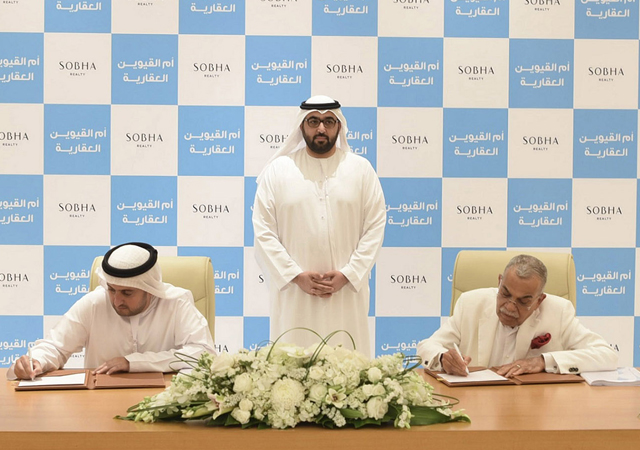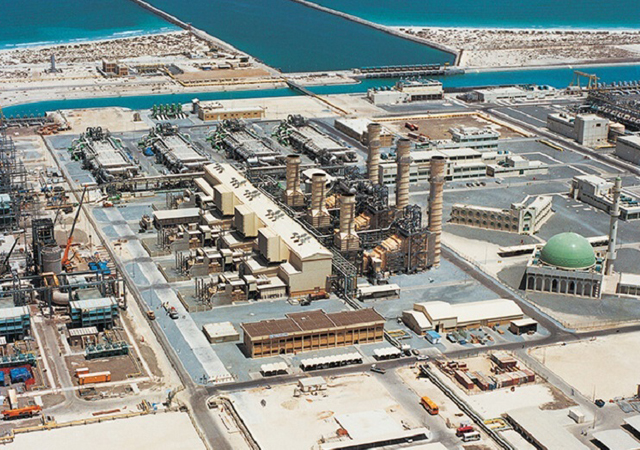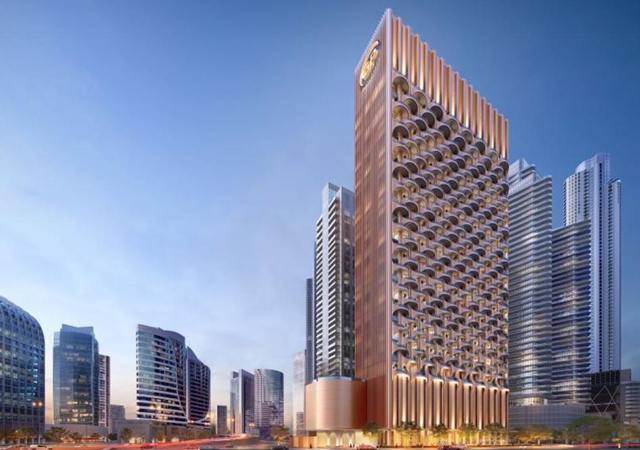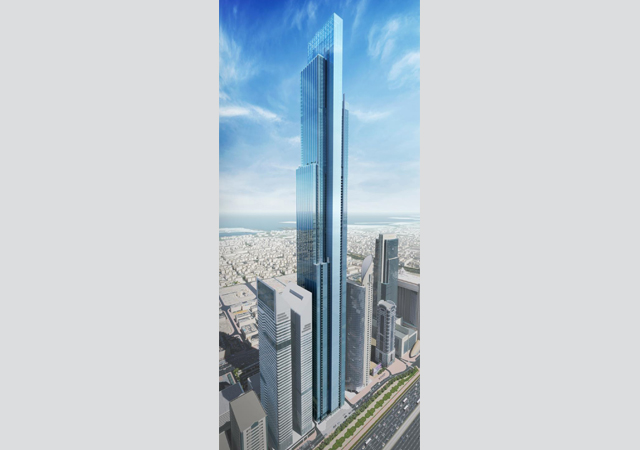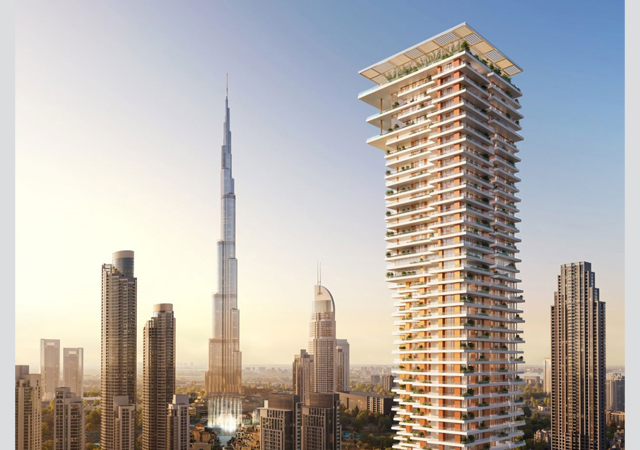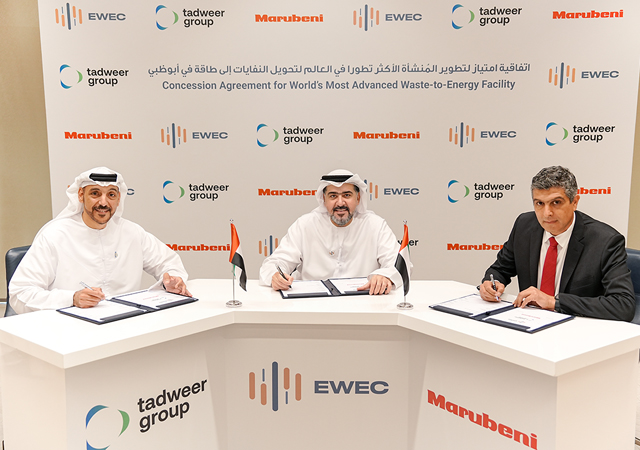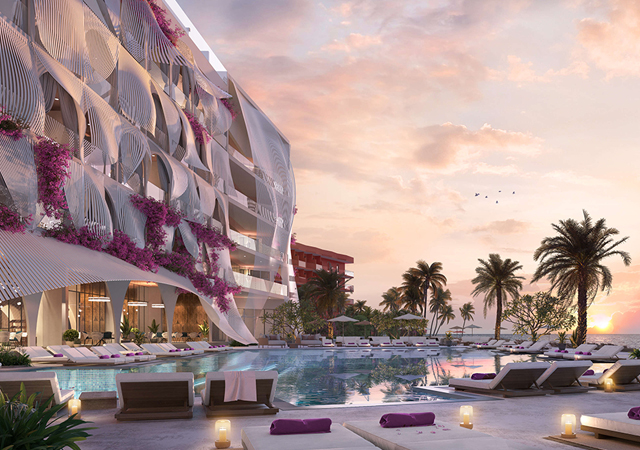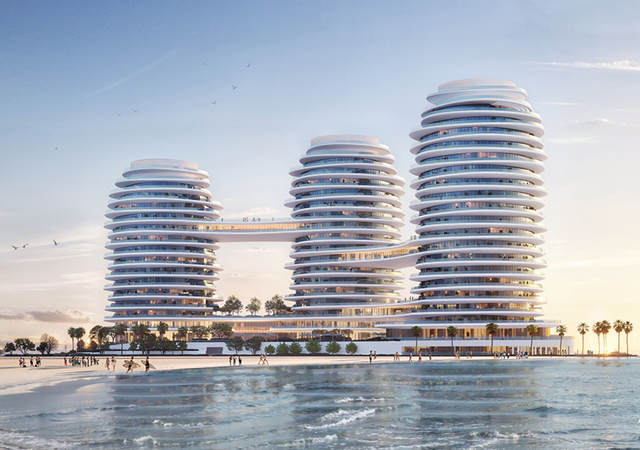
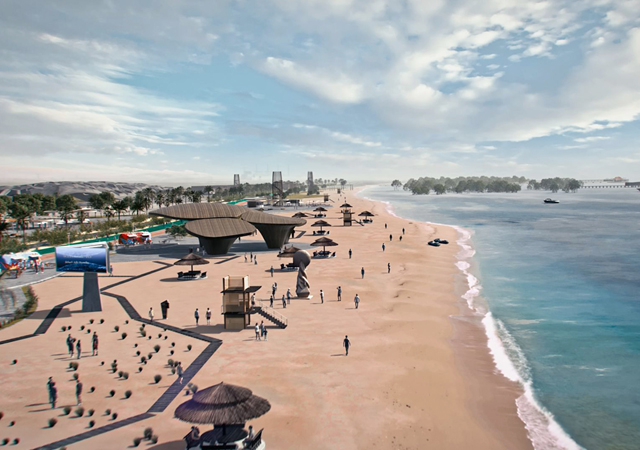 Jebel Ali Beach Development Project extends over 6.6 km.
Jebel Ali Beach Development Project extends over 6.6 km.
Dubai has approved the masterplan for the Jebel Ali Beach Development Project, aiming to create the world’s best public beaches in the emirate.
Extending 6.6 km, the beach project is poised to become a distinctive recreational destination that places a high priority on environmental preservation and the protection of local ecosystems and wildlife, a Wam report said.
In line with the directives of HH Sheikh Mohammed bin Rashid Al Maktoum, UAE Vice President and Prime Minister and Ruler of Dubai, HH Sheikh Hamdan bin Mohammed bin Rashid Al Maktoum, Crown Prince of Dubai and Chairman of The Executive Council of Dubai, approved the project.
Jebel Ali Beach will be the longest public open beach in Dubai covering an area of 330 hectares. The plan includes developing two areas: a 5-km sandy beach by Nakheel and a 1.6-km mangrove beach by Dubai Municipality. The area features a unique ecosystem due to the presence of mangroves, which enhance the sanctuary and provide habitats for many living organisms. The design of the area allows for optimal site utilisation, enabling the preservation of the ecosystem and enrichment of visitor experience.
The plan includes a 2-km open swimmable beach, a 2.5-km diving sports area, a walkway with viewing platforms to blend with the surrounding environment, and recreational and service areas for beachgoers of all ages, including kids play zones, sports and marine activity areas. The beach will be connected with integrated infrastructure, including a two-lane road in each direction, parking for 1,000 vehicles, 80 bicycle racks, a cycling track, and a 5 km running track.
Sheikh Hamdan also approved the architectural designs for the project’s buildings and facilities, which feature a unique blend of aesthetics and functionality tailored for various beach activities. The design of these buildings is inspired by a mix of natural geometry, drawing from shapes found in marine nature such as coral and turtle shells, as well as the Boho Syle, which uses elements and materials available locally. The buildings resemble the natural dunescape.

















.jpg)













 (1).jpg)














































